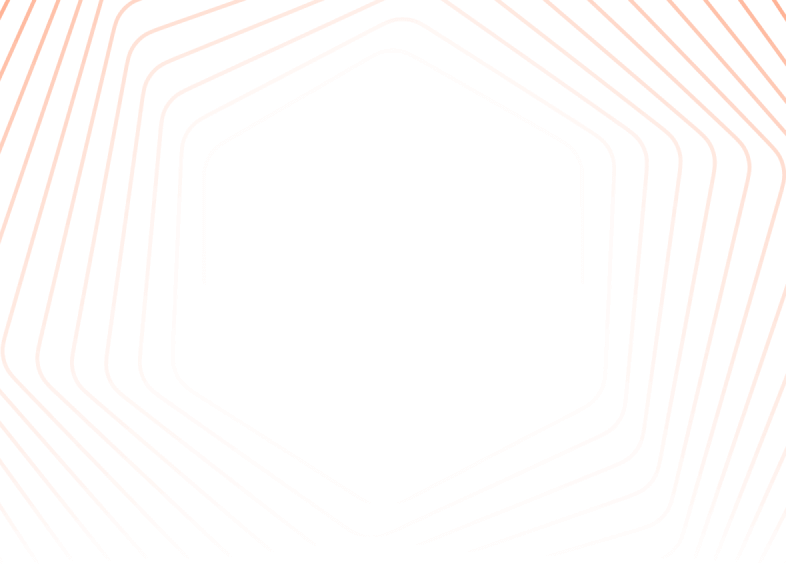# | Coin | Price | 24H Change | 24H Volume | MarketCap | FDV | 1M ROI | 1Y ROI | YTD |
|---|

Sector Mover

Spotlight
Spotlight
Sector Mover
Distribution of ups/downs
What is RWA (Real World Assets)?
Real World Assets (RWA) in the context of cryptocurrency and blockchain technology refers to the concept of linking physical, tangible assets to the digital world through tokenization. This process involves creating digital representations (tokens) of real-world assets on a blockchain. These assets can include a wide range of items such as real estate, artwork, commodities (like gold or oil), financial instruments (like bonds or private equity), and more.
Why RWA (Real World Assets) Attracts Attention?
• Expansion of DeFi Applications: RWAs bring the diversity and stability of the traditional financial market into the DeFi (Decentralized Finance) ecosystem. By tokenizing real-world assets, they expand the scope of DeFi beyond purely digital assets to include a wide array of financial services such as loans, leases, and more, backed by tangible assets. This opens up new avenues for investing, lending, and borrowing within the DeFi space, making it more appealing to a broader audience.
• Increased Liquidity: Tokenization can significantly enhance the liquidity of traditionally illiquid assets like real estate, art, or certain financial instruments. It makes these assets more divisible and easier to trade on digital platforms, enabling asset owners to access capital more quickly and investors to enter and exit positions with ease.
• Accessibility and Democratization: By lowering the minimum investment threshold through fractional ownership, RWAs make it possible for a larger group of investors to access high-value assets. This democratizes access to investment opportunities that were previously available only to high-net-worth individuals or institutional investors, broadening the investor base.


